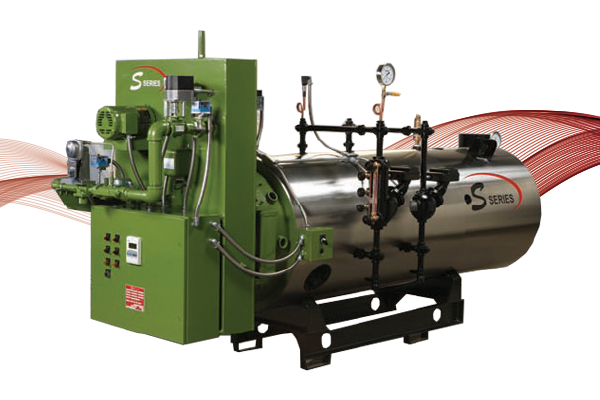Case Studies from Sellers Manufacturing Company
Cold Standby Boilers: A Better Way to Protect Business Continuity
For decades, organizations that rely on boilers have used hot standby boilers as a backup option should their primary system go offline. These secondary boilers must be kept at or near operational temperature, as they cannot be heated rapidly. Doing so could cause Morrison tube failures or other system issues that may threaten business continuity.
While hot standby boilers have long stood as the only means of guarding against a failure of primary boiler systems, a recent case study conducted by Sustainable Steam & Water Solutions, Inc. has revealed that a new form of boiler technology may provide a more pragmatic solution.
During the study, researchers examined two traditional hot standby boilers, designated Boiler 1 and Boiler 2. They assessed the efficiency and energy loss of these boilers, then used this data to calculate annual excess CO2 emissions and the total costs associated with keeping these hot standby boilers near operational temperature.
The purpose of the case study was to determine what potential cost savings businesses could unlock by replacing hot standby boilers with the Sellers Manufacturing Co. (Sellers) Rapid-Response Gas-Fired Boiler. Unlike traditional boilers, the Sellers model can be kept on cold standby and can be heated up to operating temperatures in 20 minutes or less.
What Researchers Discovered
During an analysis of the two boiler systems, researchers found that both were experiencing significant heat and energy loss. The boilers were losing heat from various components, including their:
- Shell
- End plate
- Blowdown
- Stack
Both boilers were losing the most amount of heat via the stack, but heat losses from the other components were by no means negligible.
The two systems were installed in healthcare facilities, and although they were respectively unique in terms of size, age, and make, the inefficiencies exhibited by both systems were astounding.
Researchers found that Boiler 1 was costing its operators $23,773 in annual excess heating costs and producing an excess of 353,916 lbs of CO2. Similarly, Boiler 2 was costing operators $24,405 annually, with redundant heating of this boiler leading to 363,324 lbs of excess CO2 emissions.
How the Sellers Cold-Standby Boiler Can Facilitate Cost Savings
The Sellers Rapid-Response Gas-Fired Boiler does not have to be kept on hot standby. Instead, it can remain in a condition known as cold standby. In such a state, the boiler can be left off unless the primary boiler system goes offline, and should the primary boiler go offline, the Sellers’ backup can be heated up to operating temperature in just 20 minutes.
While operators might experience minor profit losses during that 20-minute delay, the potential for loss is offset by the tens of thousands of dollars worth of operating expense savings that they will experience.
The Sellers boiler can not only help organizations save significant amounts in operating expenses, but it can also enable them to drastically reduce CO2 emissions, so if your organization relies on hot standby boilers and is looking to explore the potential benefits of switching to a cold standby option, we invite you to read the entire case study!


